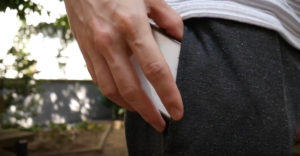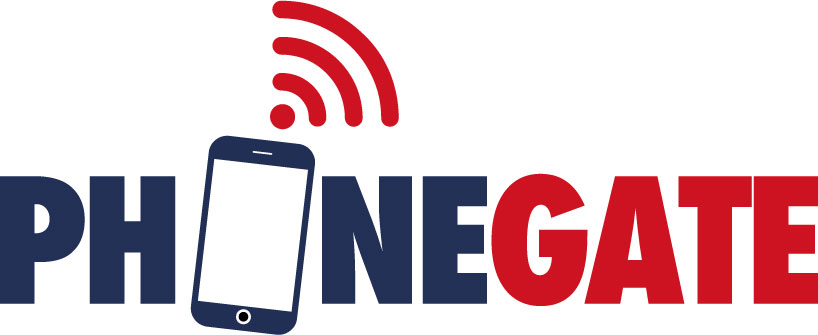HOW TO PROTECT YOURSELF FROM THE WAVES OF OUR MOBILE PHONES?

This page is for anyone who wants to be able to effectively protect themselves from the almost permanent exposure to the waves of our mobile phones. All our advice also applies, of course, to waves from other connected devices used in direct contact with the body, such as tablets, laptops, connected objects. To be relevant, we have separated use in a personal and family context from that of the professional environment with these specific constraints.
It will be updated periodically and above all do not hesitate to share your opinions and comments with us so that we can improve our advice to better protect the health of mobile phone users.
Mobile phones in everyday life: what are the right reflexes to adopt?
 Not in contact with the body and head
Not in contact with the body and head
Your smartphone is always active and emits waves even when you don’t use it to make calls. This insidious exposure is often completely unknown to users.
How to protect yourself from it?
By avoiding as much as possible the direct contact of your mobile phone with your body:
- Do not leave it in your pockets (pants, shirts, etc.)
- Put it near you if you don’t use it – rather than keep it by hand
Even less in a bra for young women - Always favouring the outer bags or pockets of jackets and coats when travelling.
- By using voice commands to initiate a call or search.
By never phoning with the mobile phone in your ear:
- And by preferring the speaker or video exchange function of your smartphone For “confidential” conversations, use a hands-free kit called an “Air tube”. The manufacturers’ kits will concentrate the waves in the ear canal. The cord making antenna. See the recommendations of the California Department of Health.
- And above all, always prefer areas with good coverage to communicate (3 and 4 bars on your mobile phone screen)
- Avoid making calls while travelling (car, trains, metro, etc.) or in areas with poor connections (1 and 2 bars on your mobile screen). Your mobile phone will reach maximum power and you will be exposed even more.
By preserving the rest period devoted to sleep:
- Do not put your smartphone under your head or pillow
- Keep it away from your bed and if possible in airplane mode ( the various demands due to your mobile phone can seriously harm your rest and psychological balance due to a poor recovery sleep)
And for patients and cardiac implant recipients:
- Heart patients should avoid keeping their phones in contact with the body, especially a shirt or jacket pocket.
Pregnant women
 Stricter instructions for pregnant women.
Stricter instructions for pregnant women.
- Avoid all contact between a connected device and the belly of the expectant mother at any stage of pregnancy.
- At the child’s birth, make sure to keep the mobile phone away from the child, including for nannies or caregivers.
Children
 Delaying the age of the first telephone for children after the age of 14
Delaying the age of the first telephone for children after the age of 14
All of the above recommendations are even more important for children and youth whose morphology is even more sensitive to levels of exposure to the waves. Security levels have only been implemented for adults, and only for large adults (American GI military). The ANSES particularly stressed this point in its July 2016 report.
Workers

At work, an even more rigorous approach to your employer
- This one must provide you with a smartphone with a SAR (Specific Absorption Rate) head and trunk as low as possible (the regulation is still deficient to date, the only real protection is to keep your phone remote).
- To avoid the use of several mobile phones, provide dual or more SIMs, which will limit exposure by two or three
- The essential supply of AIR TUBE Handsfree Kit especially in open space areas where telephoning via loudspeaker is impossible.
- Depending on the mobile phone fleets already in place, check their actual SAR levels using the existing DATA ANFR database that we have forced them to publish.
- In the event of high SAR, inform the employees and arrange for reporting and follow-up with the occupational medicine. If possible, plan a replacement and a good use sheet as soon as possible




